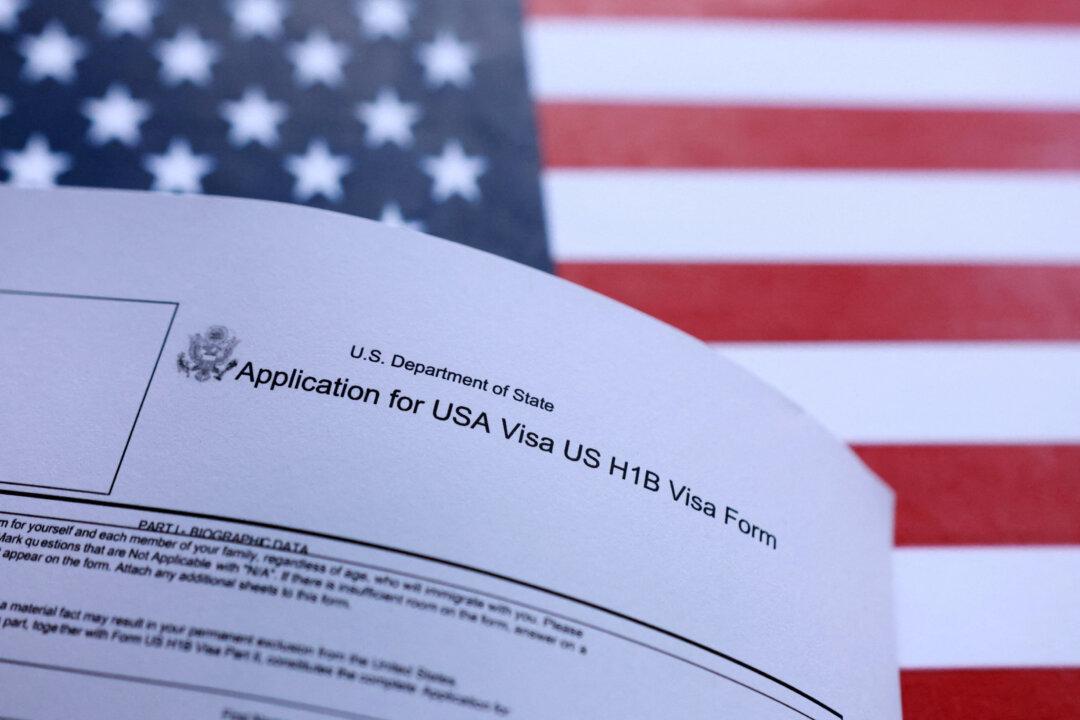Eight-Treasure Rice Pudding, or Ba Bao Fan, is a popular Chinese New Year dessert that has an interesting history. The name is derived from an ancient tradition of colorfully decorating rice pudding with eight kinds of dried fruits and nuts with a delicate balance of tastes and properties.
As one story goes, Ba Bao Fan was made by the imperial cook for a victory celebration to honor King Wu’s triumph over the despotic ruler of Zhou in 1600 B.C. and the eight treasures represented eight meritorious warriors who fought for King Wu.
A Royal Birthday Gift
But another story suggests that the rice pudding started its popularity as a gift. According to the story, during the Dao Guang years of the Qing Dynasty (1821–1850), an ethnic-Manchu named Wan was appointed as the magistrate of Xuwen County in China’s southern Guangdong Province.
Magistrate Wan was a friendly but modest and discreet person. One year, when the Empress Dowager’s birthday was approaching, county magistrates across the nation were presenting expensive gifts to honor her.
Wan knew he needed to plan his offering with prudence and care. He was keenly aware that there were abundant treasures in the royal palaces where the Empress Dowager resided, and he had no idea what he could possibly offer as a respectful birthday gift to a woman who had so much already.
A Delicious Surprise
One day, Magistrate Wan disguised himself as a commoner and paid a visit to a small village near the county center. All of a sudden, he heard firecrackers popping that had been lit in celebration at a wedding reception given by a wealthy family.
It was near noon time and the magistrate was feeling quite hungry. Now, Wan was an easygoing man, so he put a silver coin in a red envelope and presented it as wedding gift in order to attend the wedding reception and get a bite to eat.
He sampled some wine but had no appetite for the meat or other food on the table. However, when a dish of rice pudding was served, it was something he had never seen before and he was anxious to try it.
He picked up his chopsticks and took a sample of the rice pudding. The delightful taste took him by surprise. He exclaimed: “Oh, my! So delicious!” and finished the entire pudding without sharing a single bite with the other guests at table.
As he relished the dessert, Wan suddenly had an idea. He decided to make the sticky rice pudding his gift to the Empress Dowager. He immediately ordered the cook to make 100 dishes of what he was told was Eight-Treasure Rice Pudding and the magistrate presented them as birthday gifts.
The Empress Dowager was so delighted with the taste of the rice pudding that she immediately promoted Magistrate Wan to the position of a Beijing official!
The Secret of the Pudding
Magistrate Wan had the Eight-Treasure Rice Pudding on his mind all the time, even after his successful promotion. Before he left Xuwen County to take his new post, Wan invited the village cook to his office for drinks and asked him about the origin of the rice pudding.
The cook revealed that the Eight-Treasure Rice Pudding was a famous imperial dish during the Ming Dynasty. In the years of the late Ming and early Qing Dynasties, the palace cook had left his station in order to avoid the many wars, wandering until he eventually found a place to hide— Xuwen County.
His secret recipe for making the pudding was passed down from generation to generation. The village cook was a descendant of this royal runaway and so learned how to make the delectable dish.
Magistrate Wan was very pleased to learn such a secret. Yet, after he took his post in Beijing, try as he might, he could not make a rice pudding taste as good as that made in Xuwen County.
More Than A Treat
Regardless of its origin, Eight-Treasure Rice Pudding is a popular dish in China, particularly in southern China. There are many variations of the pudding in different regions, but most people use similar ingredients to make it.
The most common type of pudding is made of sweetened glutinous rice trimmed with dried fruits and nuts. The trimmings may include sweet osmanthus flowers, red dates, pearl barley, lotus seeds, and dried longan.
The Eight-Treasure Rice Pudding is usually made in a special way and so is no ordinary sweet. The ingredients have qualities that nourish the body and enhance health, which makes the pudding suitable for young and old.
Today, Eight-Treasure Rice Pudding can also be served as a savory treat by replacing the sweet ingredients with preserved meats, or dried shrimp, and vegetables. On festive occasions, the pudding is usually served as two dishes, one sweet and one savory. The inner meaning is that “good things come in pairs,” and this also offers guests a choice of tastes.
The Eight-Treasure Rice Pudding is a tasty dessert that requires much preparation and is not so easy to make at home. Now, most people special-order it so all can easily enjoy this traditional treat as they celebrate the New Year.
Research by Ariel Tian. Translation by Lo Mingming.





